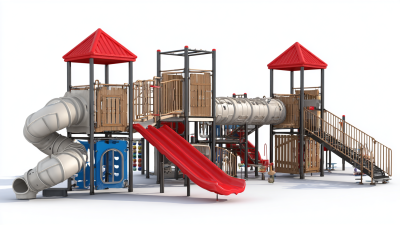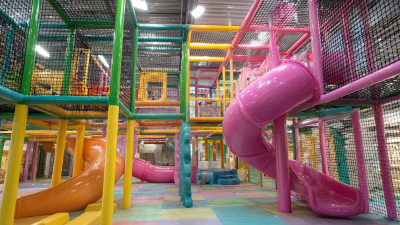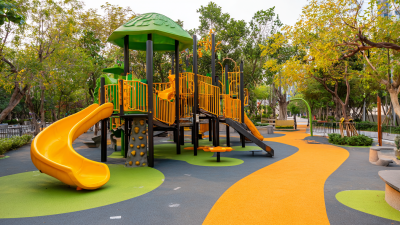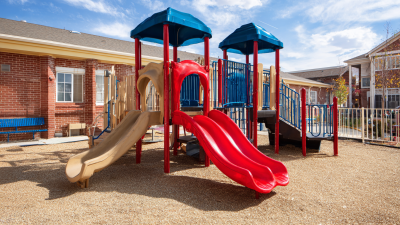
Inquiry
Form loading...
The rapidly evolving market for Indoor Play Structures is set to gain significant attention at the 138th China Import and Export Fair in 2025. According to a recent report by Global Industry Analysts, the indoor playground industry is expected to exceed USD 2.5 billion by 2025, driven by rising urbanization and the growing trend of indoor recreational activities among families with children. The demand for safe and engaging play environments is influencing both commercial operators and private consumers, leading to an increased variety of innovative designs and installations.
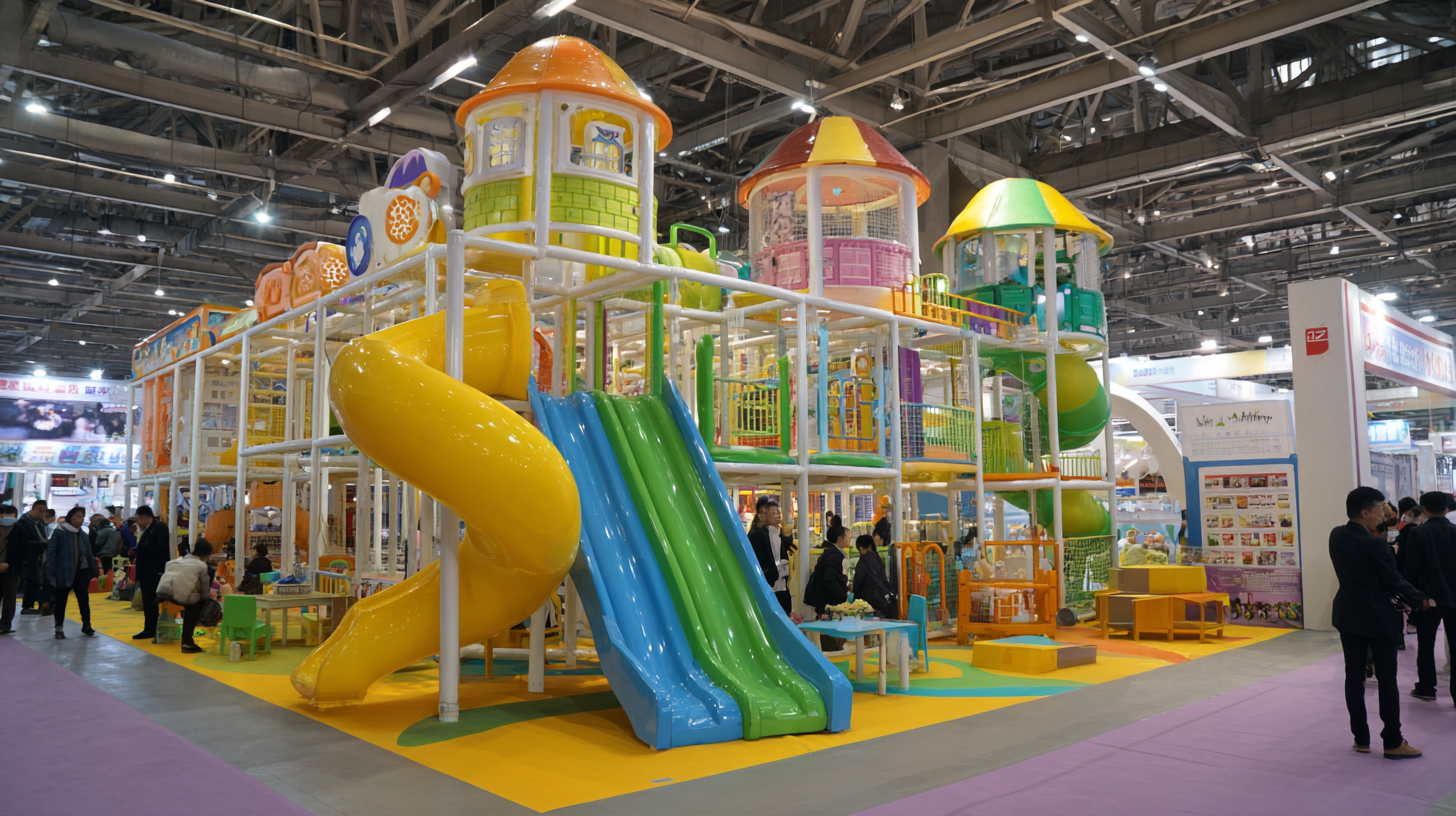
The upcoming fair presents an ideal platform for businesses to showcase their latest advancements in Indoor Play Structures, tapping into this lucrative market while highlighting the importance of play in child development. As stakeholders prepare for this significant event, the potential for growth and collaboration appears immense, marking a pivotal moment for the industry as it responds to changing consumer needs and preferences.
The demand for indoor play structures in China is poised for remarkable growth, aligning with the anticipated expansion of the indoor children playground equipment market. By 2025, this market is projected to reach USD 6.89 billion, with expectations to grow to USD 10.6 billion by 2033, showcasing a compound annual growth rate (CAGR) of 6%. This trend highlights a significant shift in consumer preferences, driven by an increasingly affluent population that seeks diverse recreational options for their children.
China's economic landscape, marked by a burgeoning middle class and higher disposable incomes, is cultivating a fertile environment for the growth of indoor play structures. As urbanization continues and families look for safe, engaging activities for their children, the indoor playground sector stands to benefit. The government's push toward modernization and the promotion of domestic industries further supports this trajectory, providing an advantageous context for companies looking to capitalize on the evolving market dynamics in the children's entertainment sector.
The following chart illustrates the increasing demand for indoor play structures in China between 2020 and 2025. As urbanization and family leisure activities rise, the market is expected to grow significantly.
As parents increasingly seek engaging play environments for their children, the design of indoor play structures is evolving to meet these needs. At the 138th China Import and Export Fair in 2025, innovative trends in indoor play design will take center stage, showcasing structures that are not only fun but also promote developmental benefits. Designers are now focusing on creating multi-sensory environments that stimulate children's imagination and creativity, integrating elements such as interactive projections, soundscapes, and varied textures that encourage exploration and learning.
Moreover, sustainability is becoming a pivotal consideration in the development of indoor play structures. Many designers are opting for eco-friendly materials and energy-efficient systems to minimize environmental impact. Natural lighting and ventilation are also being incorporated, enhancing the play experience while promoting health and well-being. By leveraging technology and sustainable practices, the latest trends in indoor play design are redefining traditional play spaces into dynamic, interactive, and educational havens for children, shaping the future of indoor play at major events like the China Import and Export Fair.
The indoor play industry is witnessing significant growth, driven by increasing consumer demand for safe, engaging environments for children. A recent report from IBISWorld indicated that the indoor amusement industry is expected to reach $2.3 billion by 2026, representing an annual growth rate of 4.6%. Key players in this sector, such as Playtime LLC and Soft Play, are leveraging innovative designs and interactive technology to enhance the appeal of their play structures. These companies focus on creating unique experiences that cater to the evolving preferences of families, thereby solidifying their competitive advantage.
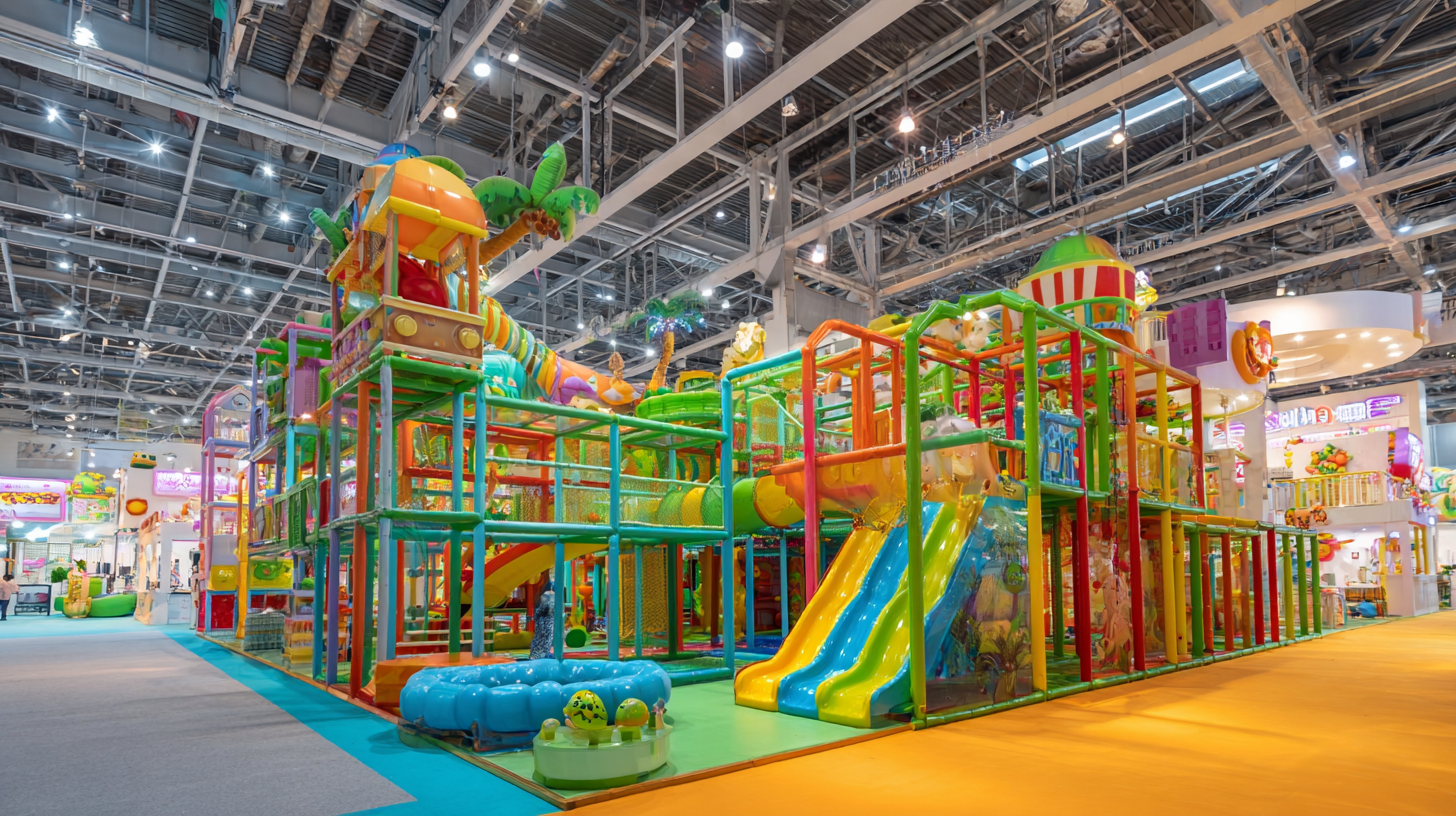
Tips for businesses looking to thrive in this market include prioritizing safety and compliance with industry standards, as report findings from the American Society for Testing and Materials (ASTM) stress the importance of safety certifications. Additionally, investing in sustainable materials can not only reduce costs but also attract environmentally conscious consumers. Engaging with local communities through partnerships and events can further bolster brand visibility and customer loyalty, establishing a strong foothold in this burgeoning industry.
The growing interest in sustainability practices within the manufacturing sector is increasingly relevant to the production of indoor play structures. Many manufacturers face critical barriers when attempting to adopt sustainable practices, such as high costs, lack of expertise, and insufficient access to eco-friendly materials. Addressing these challenges requires innovative approaches and collaboration across the supply chain. By leveraging advancements in sustainable building materials, manufacturers can enhance the performance and environmental impact of play structures while meeting the evolving demands of consumers prioritizing sustainability.
Recent innovations in green production techniques and materials, particularly in the context of children's play structures, highlight the importance of integrating sustainability into the design and manufacturing process. The trend toward using environmentally friendly materials not only reduces the carbon footprint of production but also supports the health and safety concerns of parents and guardians. As companies refine their methodologies and embrace sustainable supply chain practices, they can contribute to a more responsible and eco-conscious market, aligning their products with global sustainability goals.
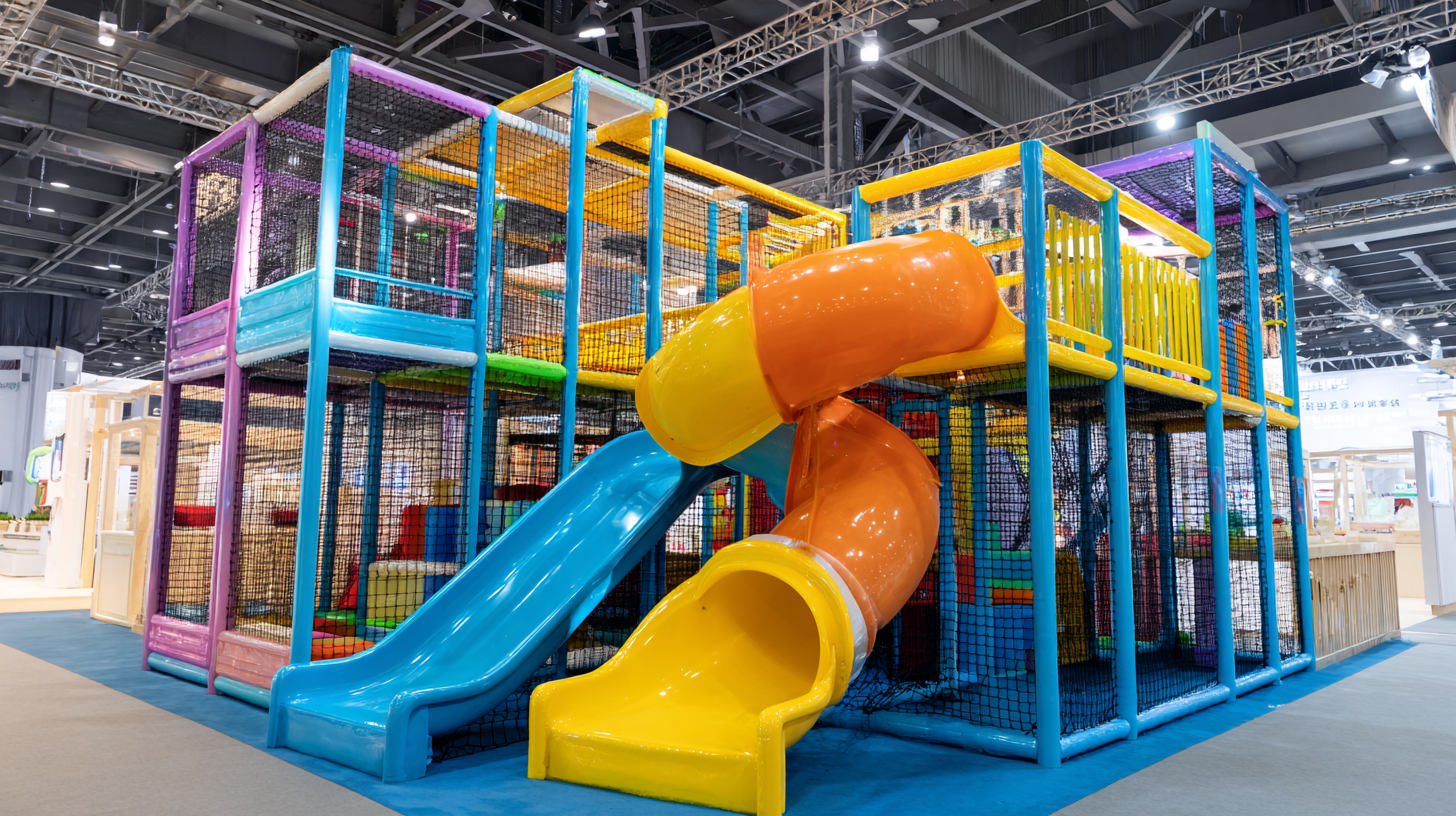
The integration of technology in indoor play experiences is revolutionizing the way children engage in recreational activities. According to a recent market research report by IBISWorld, the indoor playground industry has grown significantly, with an estimated value of $2 billion in the United States alone. This growth is largely attributed to the incorporation of advanced technologies such as augmented reality (AR) and virtual reality (VR), which enhance the play experience by creating immersive environments that stimulate children's imagination and creativity.
At the 138th China Import and Export Fair in 2025, exhibitors will showcase cutting-edge indoor play structures that leverage technology to promote physical activity and cognitive development. For instance, interactive play systems can track a child's movement and provide real-time feedback, encouraging active participation. A report from Technavio highlights that the global market for smart play structures is expected to grow at a compound annual growth rate (CAGR) of 9% over the next five years. This upward trend reflects a growing recognition among parents and educators of the critical role that technology plays in modern play environments, further expanding the market's potential at events like the upcoming fair.
| Dimension | Value |
|---|---|
| Market Demand (2025) | $1.2 Billion |
| Projected Annual Growth Rate | 15% |
| Number of Exhibitors | 50+ |
| New Technology Integrations | Augmented Reality, Interactive Learning Modules |
| Target Audience (Age Group) | 3-12 Years |
| Key Benefits of Technology Integration | Enhanced Engagement, Safety Features |
| Investment in R&D | $200 Million |
| Consumer Awareness Initiatives | Social Media Campaigns, Workshops |


